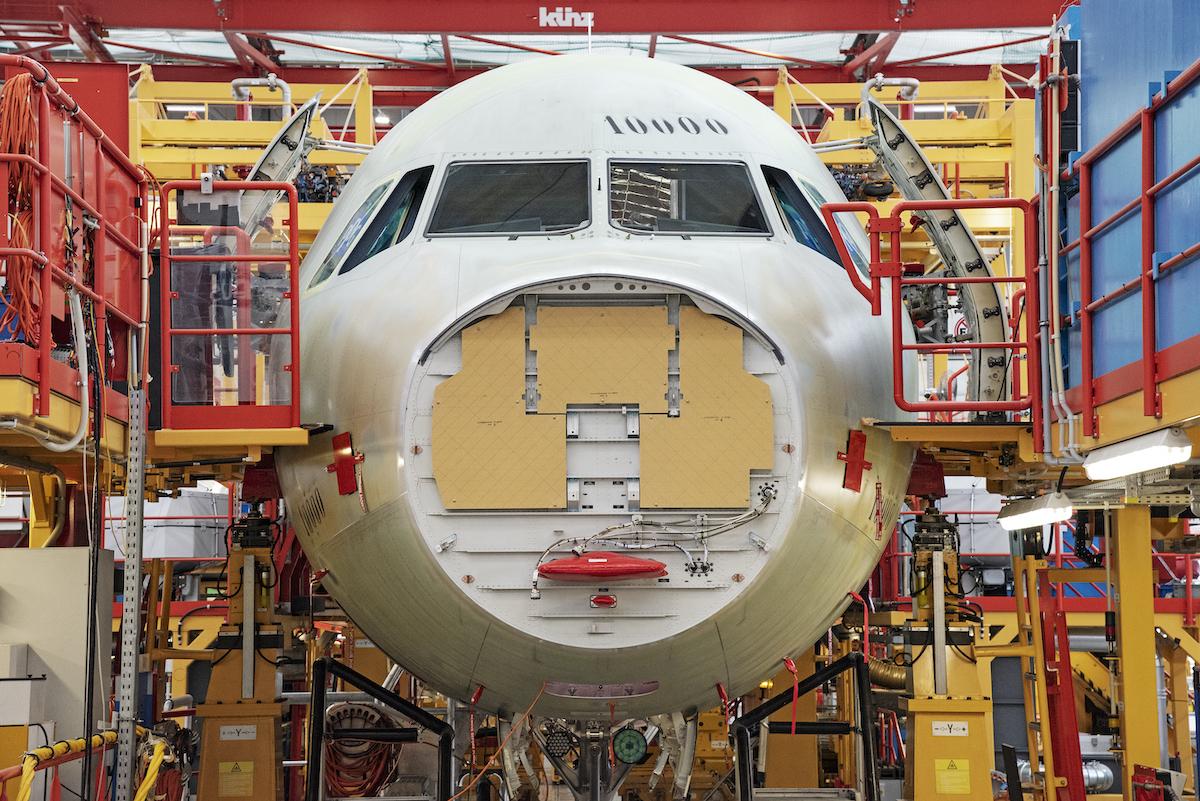In First Appearance Since Ukraine, Airbus, Boeing Maintain Rate Optimism

Credit: Airbus/Stefan Kruijer
LOS ANGELES—Executives from Boeing and Airbus stood firm on their companies’ planned airliner production rate ramps on March 1 in separate speeches to the Aviation Week Raw Materials and Manufacturers Supply Chain Conference in Los Angeles, despite Russia’s invasion of Ukraine adding to a panoply of...
Subscription Required
This content requires a subscription to one of the Aviation Week Intelligence Network (AWIN) bundles.
Schedule a demo today to find out how you can access this content and similar content related to your area of the global aviation industry.
Already an AWIN subscriber? Login
Did you know? Aviation Week has won top honors multiple times in the Jesse H. Neal National Business Journalism Awards, the business-to-business media equivalent of the Pulitzer Prizes.



